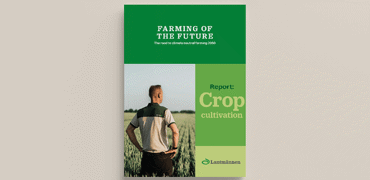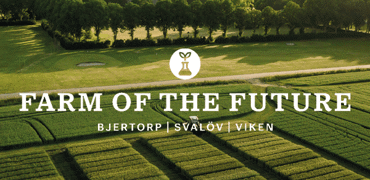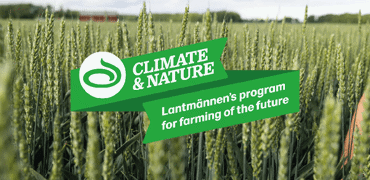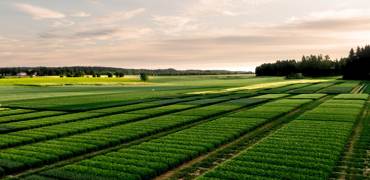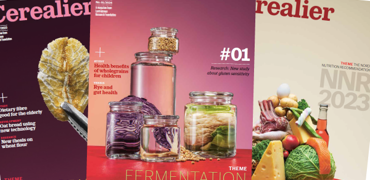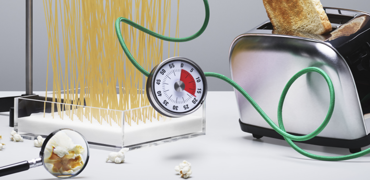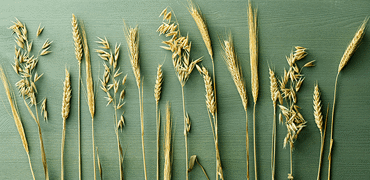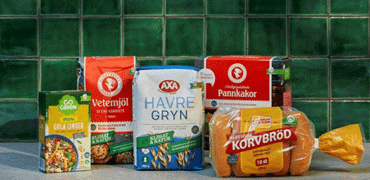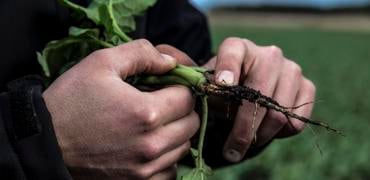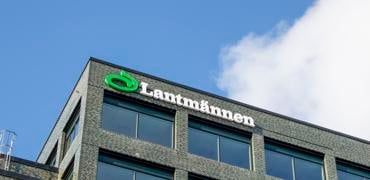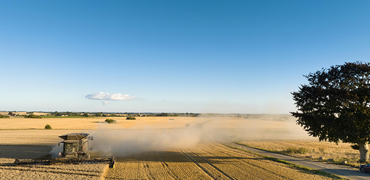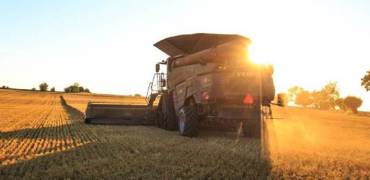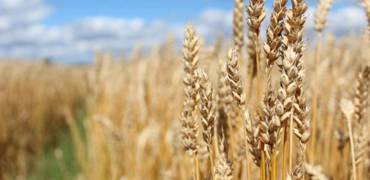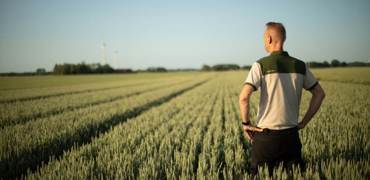After large autumn sowing, a mild winter rest and a spring with more precipitation than usual, spring farming is now beginning in large parts of southern and central Sweden. The autumn crops, with the exception of the autumn-sown rapeseed, have survived the winter well, which bodes well for this year's harvest.
"The autumn crops have generally overwintered well. The exception is winter-sown rapeseed in Skåne, where some areas had to be run up already last autumn because of the dry conditions and other areas have to be run up now during spring as a result of the cold when the crops lacked a protective snow cover," says Johannes Åkerblom, Crop Cultivation Manager, Lantmännen Lantbruk.
When it comes to preparations at farm level, it is the cost of plant nutrition that stands out. As the prices of mineral fertilizers are still at historically high levels, although more than halved since the price peak in September, the cost of mineral fertilizers still constitutes a large part of total costs for the individual farmer. In September last year, mineral fertilizers accounted for about 50 percent and today the proportion is around 35 percent. The fact that the costs of inputs are high while grain prices on international markets are falling creates an increased risk for farmers, especially those who bought their mineral fertilizers when prices were significantly higher than today.
"The conditions for the 2023 harvest look good, but it is really important that the farmers make sure their calculations secure both margins and profitability. In this way, 2023 is a more difficult year than last year when price increases for inputs and raw materials were developing in the same direction," explains Johannes Åkerblom.
The economic conditions also create incentives for investments at farm level, in precision farming that optimizes the use of inputs in the fields.
"In addition to sustainability aspects, precision farming creates conditions for higher productivity, which makes investments in precision farming profitable," explains Johannes Åkerblom.
For more information, please contact:
Johannes Åkerblom, Crop Cultivation Manager, Lantmännen Lantbruk
Phone: 010 556 06 08
E-mail: johannes.akerblom@lantmannen.com
Lantmännen Press Office
Phone: +46 10 556 88 00
E-mail: press@lantmannen.com






